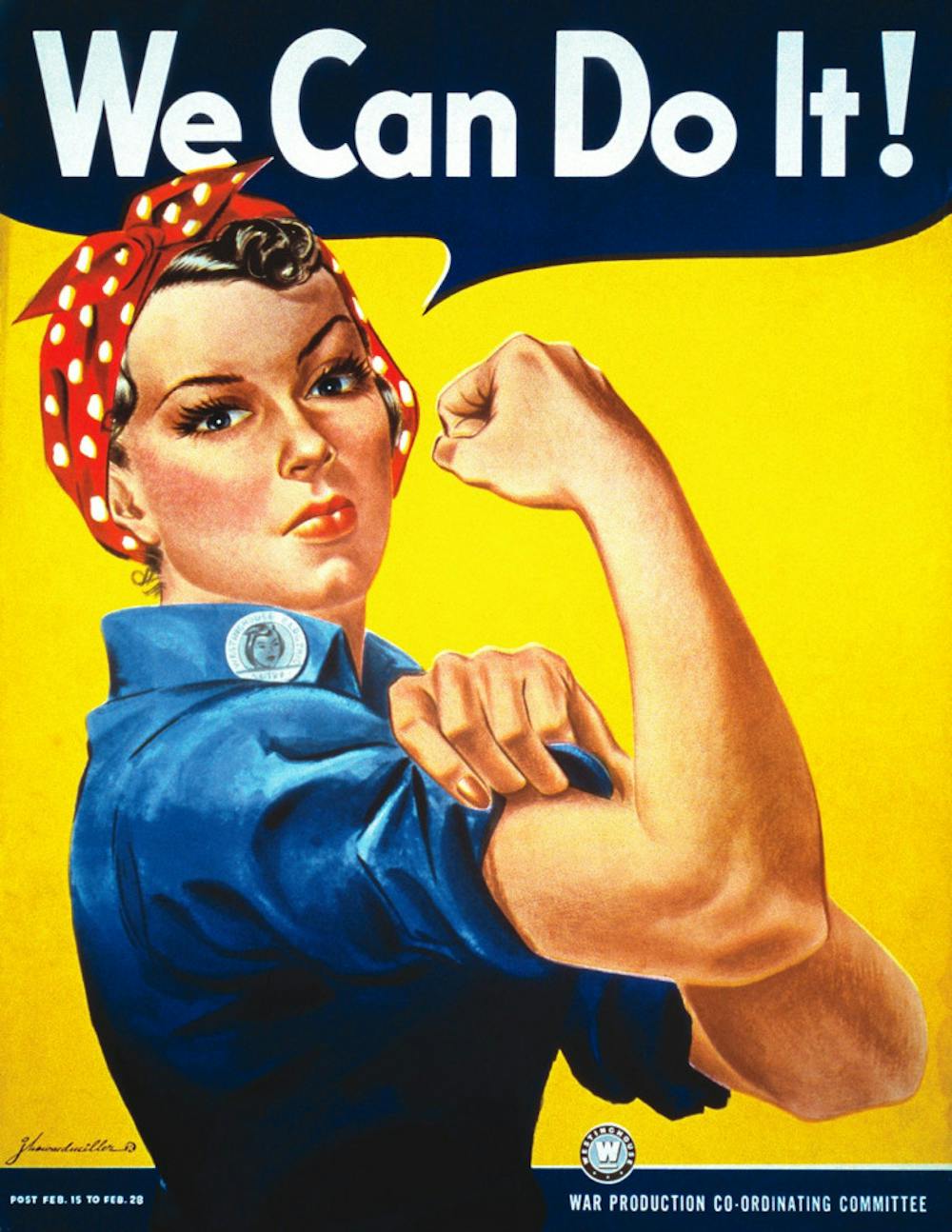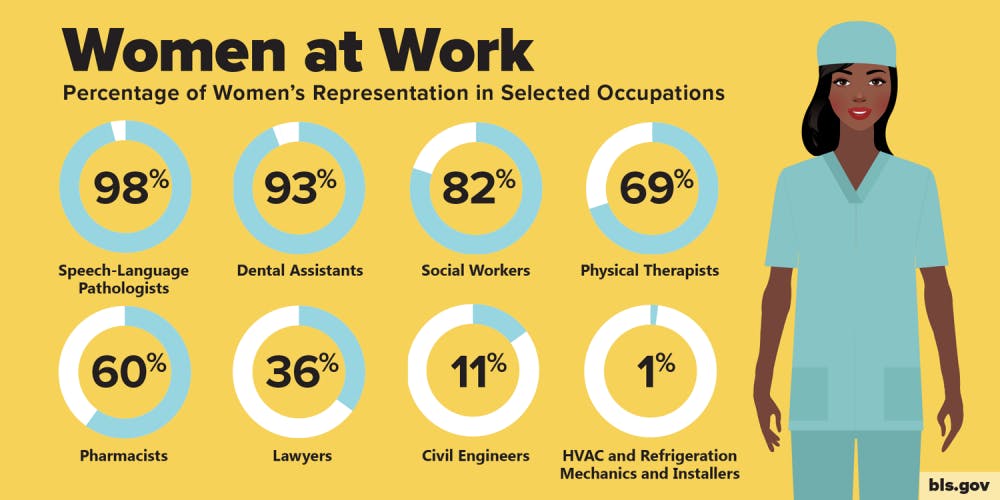by Baylie Clevenger The opinions and views expressed in this article are those of the author and do not reflect the opinion of Byte or Byte's editorial board. Ada Lovelace is considered to be the first computer programmer. Annie Easley created the technology that we now use for hybrid cars. Dona Bailey helped give us the coin-operated Atari games that later evolved into computer games. Grace Hopper was a pioneer in computer programming. Women have always done important work in the world of technology, but with only 20% of technology career positions being filled by women, you’d never know it. Preconceived notions about which career fields women do and do not belong in make it easy to maintain a technology industry with little representation for women. Careers have been gendered since the beginning of time, and even though progress is being made to encourage women in STEM fields, the representation of women in tech is still slim. Women of color hold even fewer tech career positions with only 4%.
Who is trying to change it?
Why does it matter?


Sources: Small Business Trends USA Today Women in Technology PBS Images: U.S. Department of Labor Blog The Humanities Index Featured Image:



















